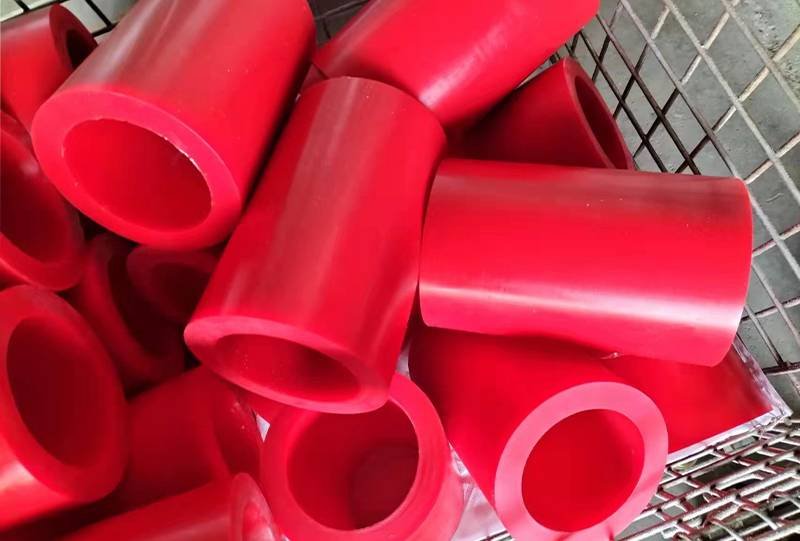Have you ever wondered about whether polyurethane is a type of plastic or rubber? In many cases, this isn’t necessarily easy to work out just by considering the properties of polyurethane alone since it seems like it could fit into both categories. In line with this, today, our experts are looking at some of the key things you need to know about whether polyurethane is a type of plastic or rubber to help inform your decision.
What is Polyurethane?
First of all, we need to look at what polyurethane actually is. Polyurethane is a type of polymer that is made from multiple organic molecules joined through urethane links. This allows polyurethane to offer numerous excellent properties, such as being incredibly strong and durable. In turn, polyurethane materials are commonly used in various applications, such as clothing, adhesive materials, etc.

Is Polyurethane a Type of Plastic or Rubber?
Due to its highly versatile range of properties, it’s perhaps unsurprising that people often struggle to work out whether polyurethane is a type of plastic or rubber. However, in reality, polyurethane doesn’t actually fit comfortably into either category!
So, no, it’s neither a type of rubber nor a type of plastic; in fact, polyurethane belongs in a unique category, which helps make it a valuable material for many people. Indeed, because polyurethane offers many of the benefits of plastic (including rigidity and durability), but with the flexibility and elasticity of rubber, polyurethane is rapidly becoming a popular option for people wanting a reliable option that offers reliable solutions overall.
How Can Polyurethane Be Used?
There are numerous different applications of polyurethane, including the following:
- Elastomers: An elastomer is a highly valuable resource that is capable of deforming and reforming when exposed to pressures, thereby providing valuable features. Polyurethane is widely used in the production of such parts.
- Furniture: One of the main ways that companies use polyurethane materials is for furniture and bedding. Since the foam can be easily molded into numerous different shapes (while retaining its comfortable nature), it’s excellent for furniture in many cases.
- Insulation: Insulating homes and buildings is hugely important to help keep energy bills and electricity consumption down. Fortunately, thanks to its insulating abilities, polyurethane can be excellent as insulation, providing many benefits that help make it an effective resource for building insulation. Low-density rigid polyurethane is one of the most versatile options in this regard, especially since it can often last for over five decades if well-maintained.
- Clothing: One application of polyurethane that’s often overlooked is in clothing, especially shoes. The elasticity of polyurethane, despite its other excellent properties such as strength and durability, means that it’s easy to create into high-quality, long-lasting clothing. It’s also often common with shoes and the like thanks to its ability to provide excellent comfort and support for the wearer.
Final Thoughts
Polyurethane is no doubt a highly effective and popular material for many different applications, but it’s important to consider carefully whether or not it will be the right option for your needs. In line with this, if you have any questions, please don’t hesitate to get in touch with our experts at pengde2@pengde-pu.com.


